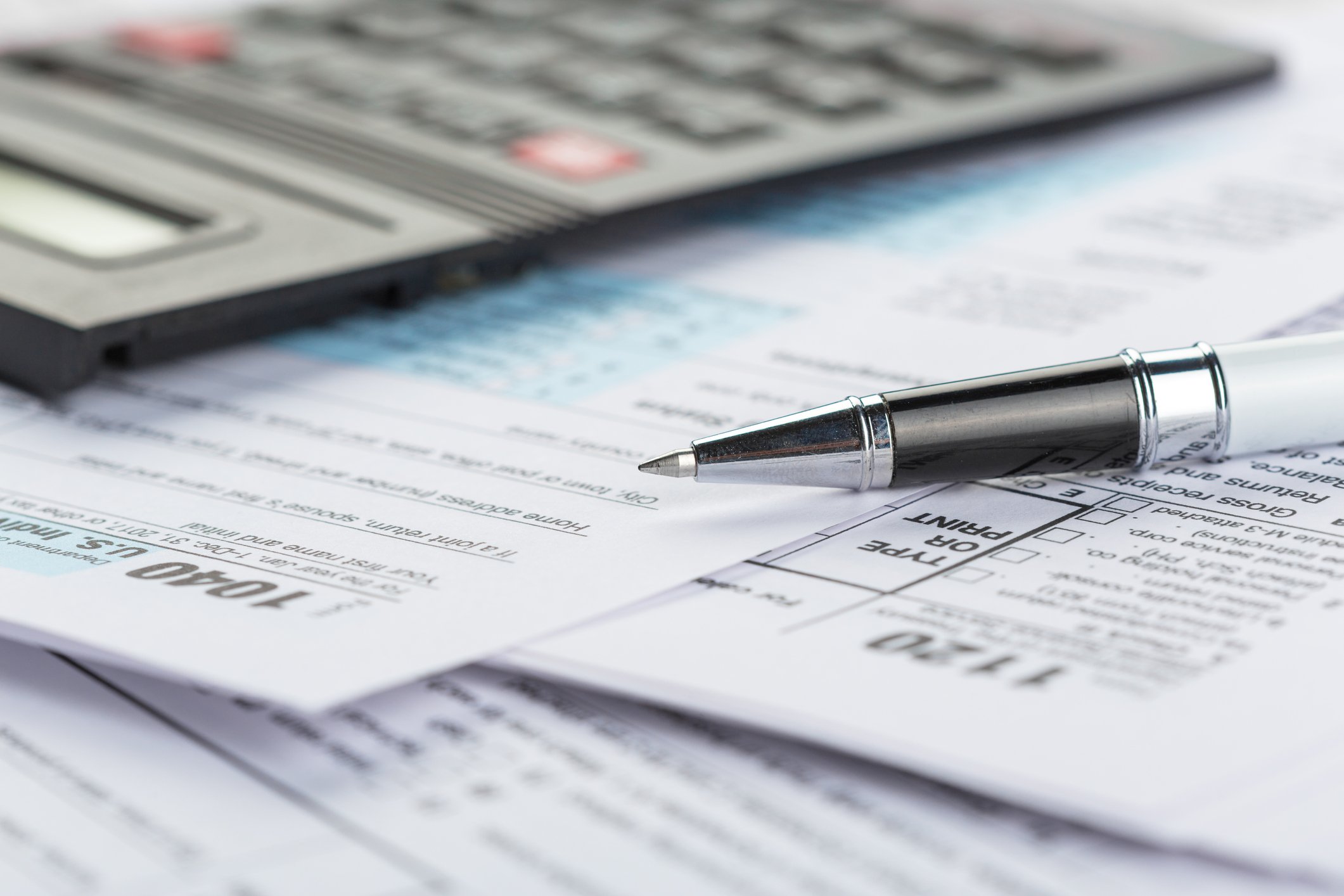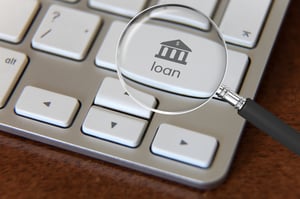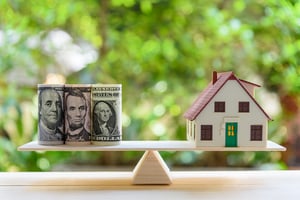We’ve heard of real estate investors who have high levels of rental income and net worth but pay almost nothing in taxes. One of the ways that rental property owners can significantly minimize the amount of tax paid is by maximizing their tax deductions with depreciation on their assets.
Here’s how to use the rental property depreciation expense to lower taxes and help keep more money in the bank.
What is rental property depreciation?
In 2020, the IRS assumes that a residential rental property has a useful life of 27.5 years. Over that period of time the property wears out – or depreciates – at least for tax return purposes.
If you’re a real estate investor, each year you can deduct 3.636% (100% / 27.5 years) of the property’s cost basis from your annual income to reduce the amount of income subject to tax.
Rules for depreciating rental property
However, not all components of a rental property can be depreciated.
For example, the value of the land or lot doesn’t wear out, so it can’t be depreciated. Routine operating expenses such as property management fees, normal maintenance, and property tax aren’t depreciated either. Instead, they’re deducted from gross rental income in the year they occur.
In IRS Publication 527, several criteria are listed that you need to meet to depreciate rental property:
- You must own the property
- Property must be used to generate income, typically from tenants
- Useful life of the property must be determinable, which is why land can’t be depreciated because it is never used up
- Property must have a useful life of more than one year
Real estate investors who fix-and-flip generally can’t depreciate their property because it’s held less than one year. Wholesalers aren’t able to claim a depreciation deduction either, because they never take actual ownership of the real estate they’re wholesaling.
Some items depreciate faster
The IRS allows you to depreciate some improvements made to your rental property faster than 27.5 years. For example, appliances may be depreciated over five years, while improvements like a road or fence have a 15-year depreciation period.
If you choose to do so, you can keep a separate depreciation schedule for each improvement, or simply add the value of items such as appliances or a new fence to your overall costs basis, which we’ll discuss next.
How to calculate your cost basis
Your cost basis includes the price you paid for the property plus any additional expenses. Unlike market value, the cost basis used for depreciation purposes does not include the value of the lot or land. That’s because land isn’t subject to wear and tear, at least according to the IRS, so land is not depreciable.
For example, if you paid $150,000 for a rental property in a local subdivision and the lot value is $20,000, your beginning cost basis is $130,000. On top of that, you want to add extra allowable costs such as closing fees or improvements. Remember, the higher the cost basis is the better, because your non-cash annual depreciation expense will be higher and your taxable income will be lower.
Examples of other costs that might be used to increase the cost basis on your tax return include:
- Legal costs such as an attorney review of the purchase contract when you acquired the property
- Recording or escrow fees
- Property survey costs, septic inspection, and environmental inspection
- Transfer taxes are charged by most states and many municipalities, either as a flat fee or a percentage of property value. Preview by state according to MidPoint, from 2018.
- Title insurance costs
- Debts the buyer assumed from the seller, such as an invoice from a contractor for updating work already done being paid for over time
Adjusted cost basis
The cost basis of your rental property can also be adjusted or ‘marked up’ from time to time. For example, if you purchased the $150,000 rental property and five years later had to replace the entire roof at a cost of $30,000, your adjusted cost basis is now $160,000 ($150,000 purchase price less $20,000 lot value plus $30,000 roof replacement).
Common improvements made to a rental property – items that enhance property value or usefulness, or restore the property to a new or like-new condition – may include:
- Constructing a new addition such as a garage or converting an attic into a studio apartment
- Installing a new HVAC system or electrical system
- Adding wall-to-wall carpeting or other types of flooring
- Improving accessibility to the house, such as a wheelchair ramp or paved driveway
- Replacing the entire roof
Note that routine repairs and maintenance are tax deductions that are normally expensed out against operating income instead of added to the cost basis of a property. If you had to make $1,000 in roof repairs due wind damage, your cost basis likely wouldn’t be affected because the repair isn’t considered an improvement or addition by the IRS.
Example of calculating residential rental property depreciation
The formula for calculating depreciation on a residential rental property is relatively straightforward:
- Purchase price less land value = building value
- Building value / 27.5 years = annual allowable depreciation
Let’s use our $150,000 single-family rental house as an example. The land value of the lot is $20,000 and at the time of purchase we made $5,000 in capital improvements. Our annual depreciation expense would be:
- $150,000 purchase price less $20,000 land value = $130,000 building value + $5,000 improvements
- Annual allowable depreciation = $135,000 ($130,000 building value + $5,000 improvements) / 27.5 years = $4,909 annual depreciation expense
How depreciation helps minimize taxable net income
Now let’s take a quick look at the powerful benefit that depreciation expense provides real estate investors. Depreciation is a non-cash deduction that assumes a house wears out or depreciates over 27.5 years.
If our single-family rental generates an annual gross rent of $18,000 and our total operating expenses – including items such as property management, routine maintenance and repairs, interest expense and property tax - run 50% of our gross income, the annual net income is $9,000. However, thanks to the benefit of depreciation, our income subject to tax is less than half of that:
- $18,000 gross annual income less $9,000 operating expenses = $9,000 before depreciation
- $9,000 less $4,909 non-cash depreciation expense = $4,091 taxable income
Even though we still have $9,000 in cash profit in this example, we only have to pay taxes on less than half of the actual cash we received. If you’re in a mid-range tax bracket of 32%, you’ve likely just saved $1,571 in federal taxes alone thanks to the depreciation expense on your single-family rental property.

How partial year depreciation works
In the above example we used a full year of depreciation. But what happens if you buy your rental property in the middle of the year. Fortunately, there’s no guesswork needed, because the IRS has already answered that question for you.
The following table from the IRS compares the month the property was put into service to the percentage of cost basis you can depreciate:
| Month put into service | Cost basis depreciation percentage |
| January | 3.485% |
| February | 3.182% |
| March | 2.879% |
| April | 2.576% |
| May | 2.273% |
| June | 1.970% |
| July | 1.667% |
| August | 1.364% |
| September | 1.061% |
| October | 0.758% |
| November | 0.455% |
| December | 0.152% |
How long does depreciation last?
Depreciation doesn’t go on forever. For the current property owner, there are two ways that depreciation can end:
- Entire cost basis has been deducted after 27.5 years
- Property is removed from service by selling it or stopping income generation
When a property changes hands, the depreciation clock is ‘reset’. So, even though you’ve owned a property for five years and used about 18% of the total depreciation, a new owner would be able to start the depreciation cycle of 27.5 years again.
That’s one of the many reasons why 1031 tax deferred exchanges are so popular with real estate investors. In addition to deferring any capital gains taxes owed, you can invest in a resale property that’s several years old and still have 100% of the depreciation expense to reduce taxable net income.
Recapturing depreciation when you sell (and how to defer)
Re-setting the depreciation clock works well for a buyer, but what happens to the depreciation you’ve expensed out and benefitted from as the seller?
When you sell your property, the IRS ‘recaptures’ your depreciation. Every year that you take a depreciation expense, your cost basis becomes lower and lower, and your potential capital gain when you sell becomes higher and higher.
For example, after five years the cost basis of our $120,000 house (excluding land value) is reduced by $24,545 ($4,909 annual depreciation expense x 5 years) for a current cost basis of $95,455. In effect, the $24,545 in depreciation expense you used to reduce your taxable income over the past five years becomes subject to capital gains tax.
However, by conducting a 1031 tax deferred exchange to sell one investment property and buy another, you can defer the payment of taxes due to depreciation recapture and capital gains.
Final thoughts
Depreciation helps rental property investors significantly lower – and sometimes completely eliminate – taxable income:
- The IRS considers residential property to wear out – or depreciate – over 27.5 years
- Property must be owned by the taxpayer and used to generate income before it can be appreciated
- Major improvements such as a new roof or HVAC system can increase the cost basis for depreciation
- The larger the cost basis, the greater the annual depreciation expense will be
Of course, before you can reduce your own taxable income, you’ll want to find a rental property to depreciate. Roofstock has many options to choose from so that you can find an investment property to help grow your portfolio.









